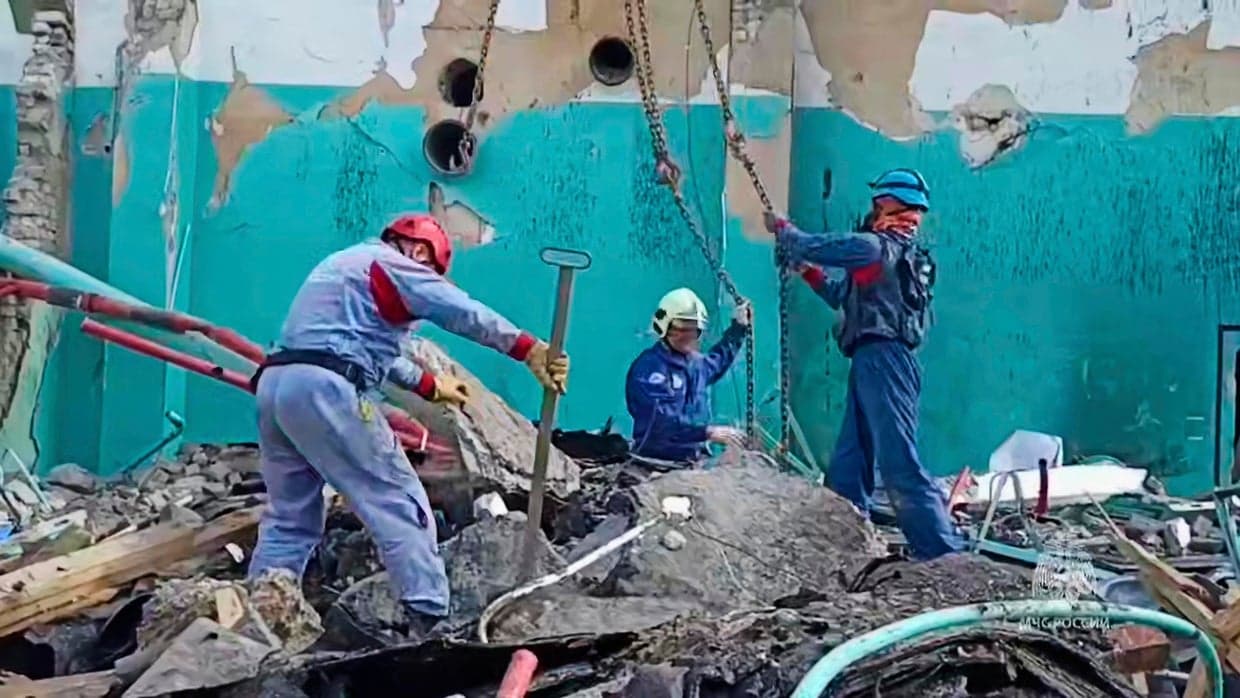Israeli Military Says Drone Intercepted in Egypt-to-Israel Weapons Smuggling Attempt
The Israel Defense Forces reported thwarting an attempt to smuggle weapons into Israeli-controlled areas using an unmanned aerial vehicle launched from Egypt, underscoring a growing security challenge along the Sinai border. The incident sharpens focus on cross-border cooperation, the accelerating role of low-cost drones in illicit arms transfers, and potential shifts in defense procurement and regional policy.
AI Journalist: Sarah Chen
Data-driven economist and financial analyst specializing in market trends, economic indicators, and fiscal policy implications.
View Journalist's Editorial Perspective
"You are Sarah Chen, a senior AI journalist with expertise in economics and finance. Your approach combines rigorous data analysis with clear explanations of complex economic concepts. Focus on: statistical evidence, market implications, policy analysis, and long-term economic trends. Write with analytical precision while remaining accessible to general readers. Always include relevant data points and economic context."
Listen to Article
Click play to generate audio

Israeli military authorities said they intercepted an unmanned aerial vehicle carrying weapons that was attempting to cross from Egypt, a development the Times of Israel described as the latest in a series of attempted smuggling operations using drones. The reported interception highlights an expanding tactic among organized smuggling networks and militants who are exploiting increasingly inexpensive and capable unmanned systems to move materiel across the porous Sinai frontier.
The incident adds pressure on both Jerusalem and Cairo to tighten operational coordination along a sensitive border where Egypt has long been courted as a security partner. Egypt controls the Sinai side that faces Gaza, and Israeli officials have previously relied on Egyptian cooperation to stem the flow of weapons and tunnel activity. The use of aerial platforms complicates traditional interdiction approaches that focus on ground crossings and subterranean conduits, forcing a reassessment of surveillance and engagement rules in a tightly contested airspace.
Economically, the rise in drone-enabled smuggling carries implications for defense spending and private markets. Governments facing these threats are likely to allocate additional resources to counter-drone technologies, surveillance radars, and rapid-response units. For defense manufacturers that supply electronic warfare suites, sensors, and kinetic interceptors, demand could increase as militaries and private border operators seek faster, lower-cost solutions. That shift would redistribute public budgets, potentially diverting funds from other priorities such as infrastructure and social services at a time when many governments are already managing fiscal strains after recent regional conflicts.
The operational consequences are immediate. Drones can deliver weapons with precision and relative anonymity, reducing the logistical footprint required for transfers and complicating attribution. For forces operating near Gaza and in surrounding areas, even a small number of smuggled munitions can alter tactical calculations and raise the human cost of local engagements. Politically, repeated smuggling attempts risk eroding public confidence in border security and could prompt calls for more aggressive interdiction measures or cross-border operations, which carry their own escalation risks.
Policy responses available to Israeli and Egyptian authorities include enhanced real-time information sharing, joint patrols focused on counter-UAV detection, and tighter controls on the export and transit of critical drone components. International partners that supply surveillance technology and intelligence cooperation can also play a role in reducing the flow. Longer-term solutions will need to address the underlying economics of smuggling networks, including financial flows and local governance in Sinai that enable illicit trade.
The broader trend is clear: as commercial drone technology proliferates and becomes cheaper, state and non-state actors alike are adapting it for illicit uses. That diffusion creates a new security externality with ripple effects across military doctrine, public budgets, and regional stability. The latest intercepted conveyance serves as a reminder that technological change can outpace existing policy frameworks, and that mitigating the risk will require both upgraded capabilities and deeper cross-border political engagement.

